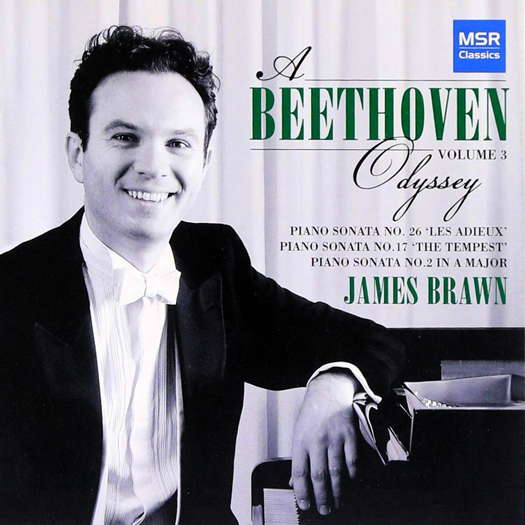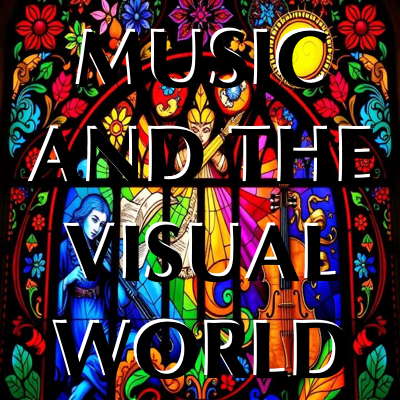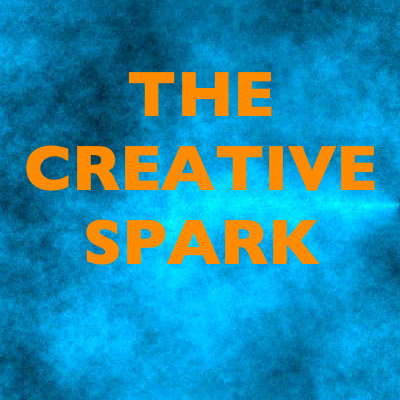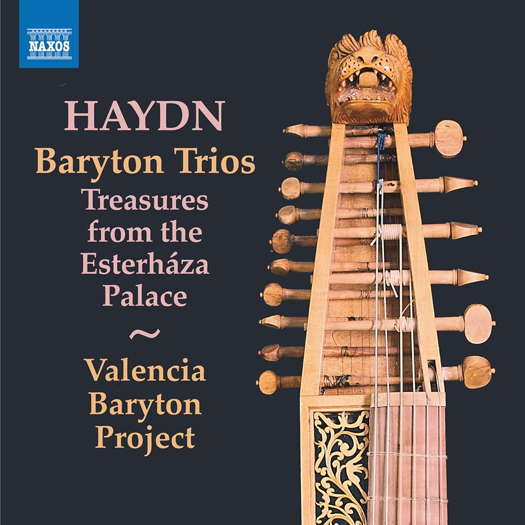 SPONSORED: CD Spotlight. Masterful Handling - Volume 3 of James Brawn's Beethoven, praised by Andrew Schartmann.
SPONSORED: CD Spotlight. Masterful Handling - Volume 3 of James Brawn's Beethoven, praised by Andrew Schartmann.
All sponsored features >>
 DISCUSSION: John Dante Prevedini leads a discussion about Music and the Visual World, including contributions from Celia Craig, Halida Dinova and Yekaterina Lebedeva.
DISCUSSION: John Dante Prevedini leads a discussion about Music and the Visual World, including contributions from Celia Craig, Halida Dinova and Yekaterina Lebedeva.
 VIDEO PODCAST: John Dante Prevedini leads a discussion about The Creative Spark, including contributions from Ryan Ash, Sean Neukom, Adrian Rumson, Stephen Francis Vasta, David Arditti, Halida Dinova and Andrew Arceci.
VIDEO PODCAST: John Dante Prevedini leads a discussion about The Creative Spark, including contributions from Ryan Ash, Sean Neukom, Adrian Rumson, Stephen Francis Vasta, David Arditti, Halida Dinova and Andrew Arceci.

A New Passion
Haydn's baryton trios, reviewed by GERALD FENECH
'Spiritedly performed and superbly recorded ...'
Haydn's baryton trios? What about them? Well, first of all, today the instrument in question does not command any importance at all compared to when Haydn was writing music for it. And secondly, in present times, the baryton is almost extinct. So I feel it is pertinent to give a minute description of what this instrument was all about. The baryton is a bowed string instrument of the viol family, played in Europe during the seventeenth and eighteenth centuries. It has six or seven strings of gut, arranged over a fretted fingerboard, plus a lower set of wire strings. When the gut strings are bowed, the wire strings vibrate sympathetically, enriching the tone. The wire strings may also be plucked by the performer's left thumb, creating a contrasting tonal quality.
Haydn began composing these trios in 1765. At the time he had been employed in the service of the princely Esterhazy family since 1761. Prince Nikolaus, who reigned from 1762, had previously played the 'viola da gamba', but in 1765 he acquired a baryton, and he soon fell in love with this new passion. Fired by an eagerness to perform new works for his new found musical companion, Nikolaus quickly set Haydn the task of writing specific pieces for the baryton, and the composer responded vigorously to this command. His efforts greatly pleased the Prince, and over the next ten years Haydn wrote nearly two hundred compositions for various ensembles with baryton. Of these, the predominant genre were the 126 baryton trios.
Listen — Haydn: Adagio (Baryton Trio in D, H XI:69)
(track 1, 0:01-0:48) ℗ 2021 Naxos Rights (Europe) Ltd:
The last set was written in 1778, but by then Nikolaus had abandoned the instrument in favour of a new hobby also involving Haydn, namely, the mounting of opera productions in his palace. These trios, including those on this recording, being written for amateur performance, are generally shorter and less ambitious than Haydn's famous symphonies and string quartets. In almost all cases, they consist of just three movements. When there is a slow movement, it is usually the first movement and is followed by a second in fast tempo.
Listen — Haydn: Allegro molto (Baryton Trio in A minor, H XI:87)
(track 14, 0:00-0:48) ℗ 2021 Naxos Rights (Europe) Ltd:
The first can also be a fast-tempo work in sonata form or at times a set of variations. There is always a minuet, which is placed either as the middle movement or as the finale. Non-minuet finales are generally in fast tempo.
Listen — Haydn: Menuetto (Baryton Trio in A minor, H XI:87)
(track 15, 1:52-2:45) ℗ 2021 Naxos Rights (Europe) Ltd:
The six works on this CD date between 1768 and 1771 when Haydn was writing the most beautiful music for the baryton. Indeed, the decade 1765-75 is considered the most prolific and musically fertile period in the composer's career, and this programme fully justifies this. Spiritedly performed and superbly recorded, this CD is a vital resource for the many Haydn admirers who are still not too familiar with this gentle yet fascinating repertoire. Notes and presentation are first-rate.
Copyright © 5 August 2021
Gerald Fenech,
Gzira, Malta

CD INFORMATION: HAYDN BARYTON TRIOS


